Perhaps tellingly, further robberies in Myersville were not reported by the press in the last quarter of that year. This did not mean the little town saw no excitement. On Election Day, 8 November, as President Teddy Roosevelt was reelected, “Some dynamite was exploded [in Myersville] and the shock shattered glass in the Flook, Gaver, Leatherman Bank and in the residence of Mr. George W. Wachtel,” the Hagerstown Daily Mail stated.
A little more than a week later, work was freshly completed on the electric railway between Myersville and Hagerstown. “The railroad runs the full length of the main street of Myersville, the track being laid in the center of the street. The poles and wires are all up and work cars have been running into Myersville from Hagerstown since Tuesday,” reported the Frederick News on 18 November.
This march of progress nearly trampled Myersville resident Martin Wachtel, who made “a narrow escape from being killed by electricity while the wires for the new road were being stretched,” the News noted. A wire fell across the street and Wachtel tried to lead a wagon across it, believing it not live. “When the horses stepped upon the wire, they were violently thrown to the ground. Mr. Wachtel … was also severely shocked. The horses were unhitched from the wagon and assisted to their feet when the one horse accidentally touched the wire a second and third time and was thrown each time. The horses were uninjured, excepting a few burns.”
Continue reading at historian Ann Longmore-Etheridge's blog, Your Dying Charlotte.
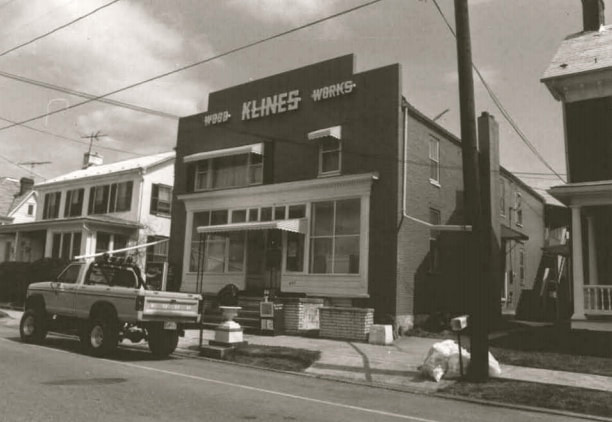
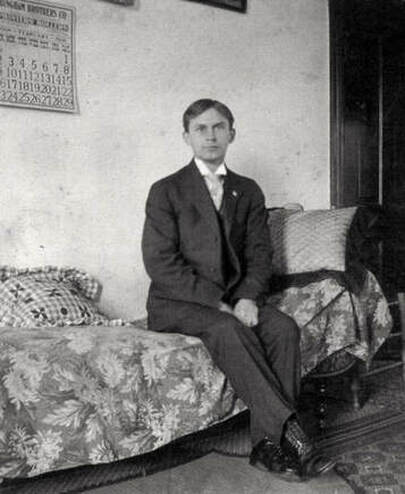
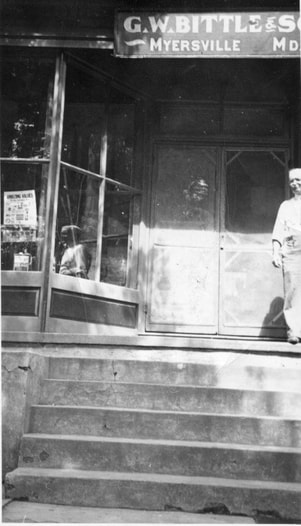
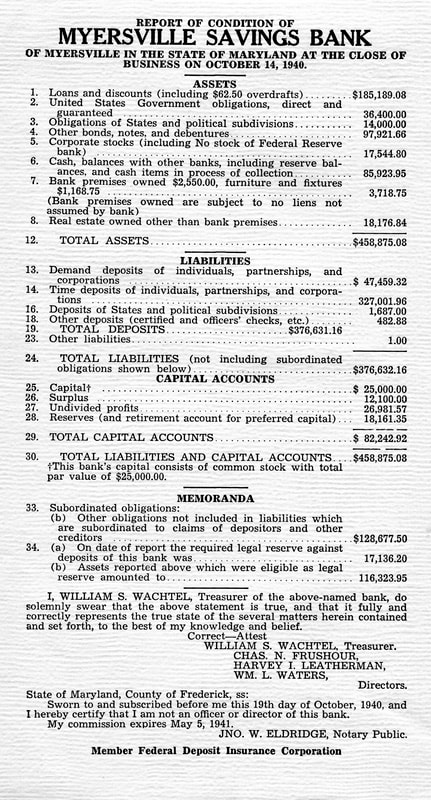
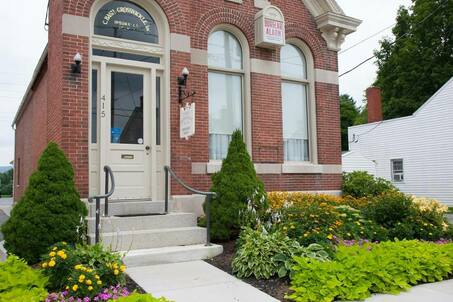
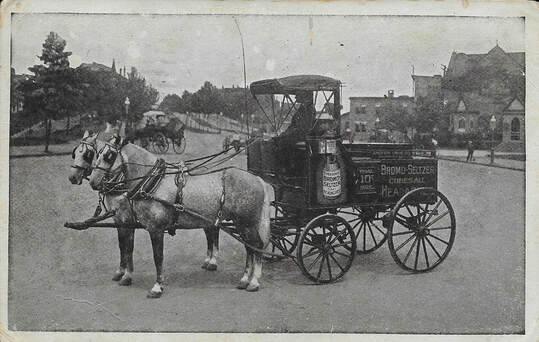
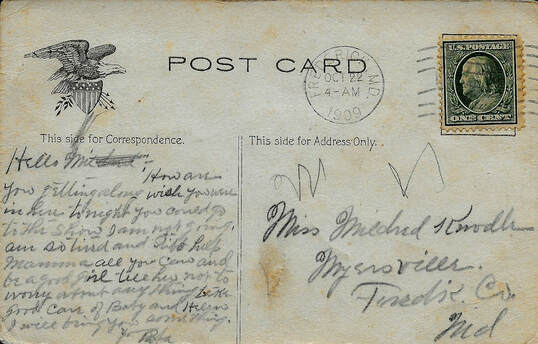
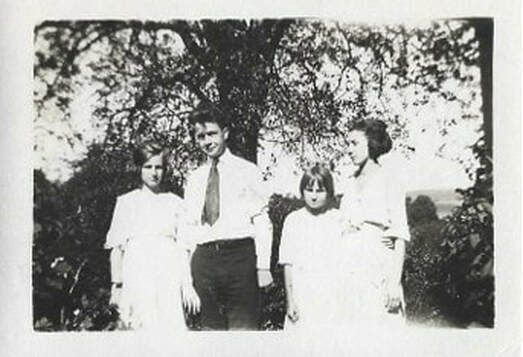
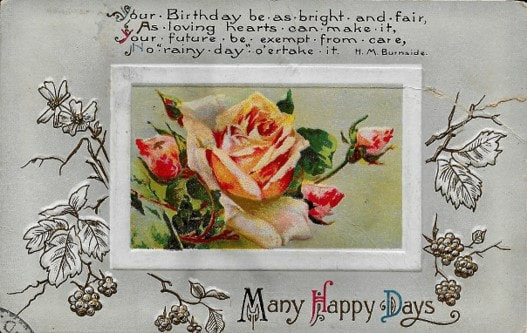
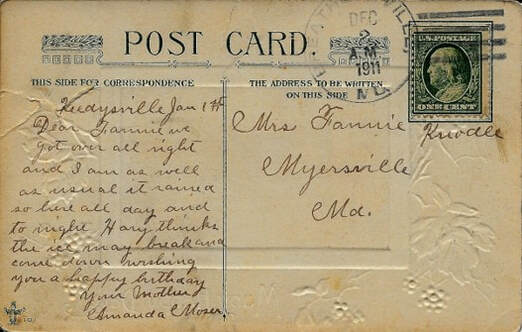
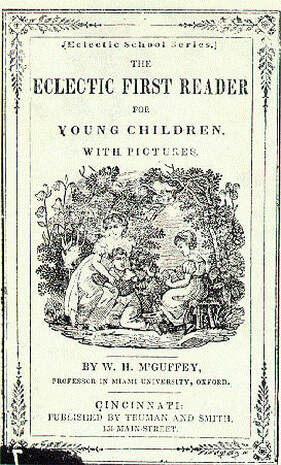
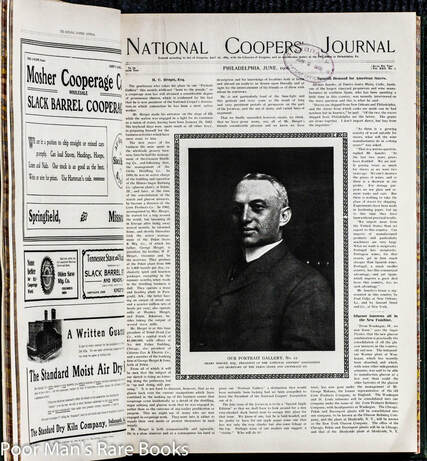
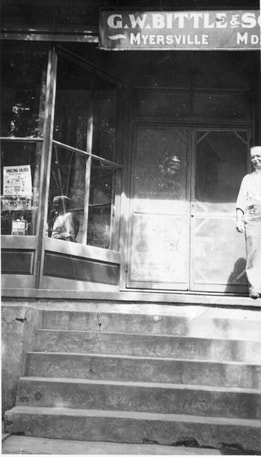
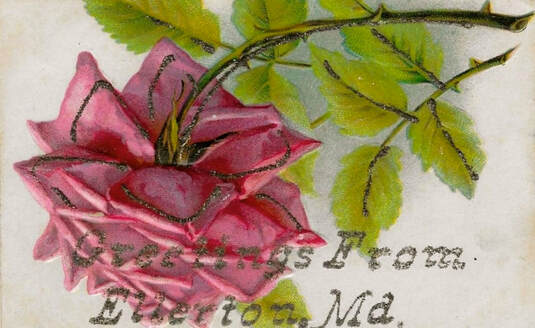
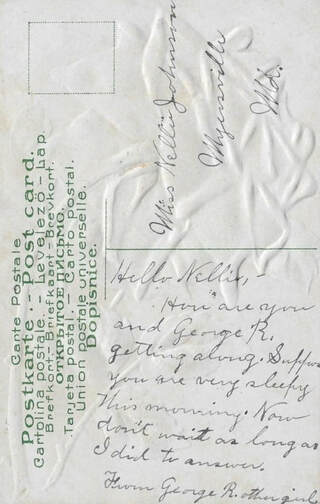
 RSS Feed
RSS Feed